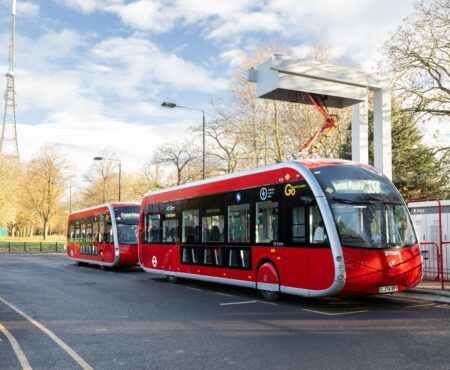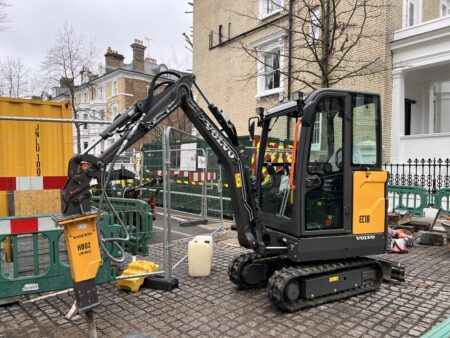UK-based transportation and engineering consultancy Ricardo’s Energy & Environment sustainability division has launched a real-world vehicle emissions monitoring service that can measure the output from individual passing vehicles, providing data for highways agencies’ policy planning.
Vehicle emissions are the primary cause of air quality standard exceedances in the majority of UK Air Quality Management Areas. Within the last month, the UK has been issued with an official warning by the European Union (EU) regarding rising pollution levels that saw its nitrogen dioxide limits repeatedly exceeded in 16 areas, including the cities of London, Birmingham, Leeds and Glasgow. Increasing pressure to reduce the impact of pollution from vehicles has led to growing interest in the introduction of ‘Clean Air Zones’ and ‘Low Emission Zones’. However, such mitigation measures are expensive to design and implement and, while street level air quality monitoring can highlight the problem in the form of the local hot spots at which exceedances occur, it does not provide information on which of the passing vehicles are the most polluting.
Marking a significant step forward in the measurement of emissions from vehicles on UK roads, Ricardo Energy & Environment, working with technology partner OPUS Inspection, has launched a real-world vehicle monitoring service that provides accurate measurement of the emissions of passing vehicles. The new measurement system can also be linked to automatic number plate recognition (ANPR) cameras for individual vehicle identification. The system’s data output can then be used by government and highways agencies to inform Clean Air Zone and Low Emissions Zone design and policy. The monitoring system is able to highlight the most polluting of vehicles at any given highway location based on actual usage.
Installed at locations of interest, the measurement system instantaneously records in a completely non-intrusive manner, the real-world driving emissions of nitric oxide, nitrogen dioxide, particulate matter, hydrocarbons, carbon monoxide, and ammonia, from each passing vehicle. The data recorded can be used to identify the most polluting vehicle types, such as buses, heavy goods vehicles, vans, motorcycles, and cars, and their respective contributions to emissions. Significant improvements are thus possible in the accuracy of modeling and simulation efforts underpinning the design of Clean Air Zones, reducing uncertainty by replacing assumptions with evidence-based, real-world driving emissions information. Once such zones have been implemented, the system can also be used to support enforcement management through the identification of non-compliant vehicles.
“Our new vehicle emission measurement service is a major step forward in the measurement of real-world vehicle emissions in the UK, helping our clients to improve the design, enforceability and overall effectiveness of Clean Air and Low Emissions Zones,” explained Sean Christiansen, Ricardo Energy & Environment’s air quality practice director.
“The capability that this new system gives us complements the extensive air quality capabilities that we offer, ranging from support and advice on pollution control policies, pollution modeling and measurements, inventory design and compilation, and the development of low emission strategies.”




